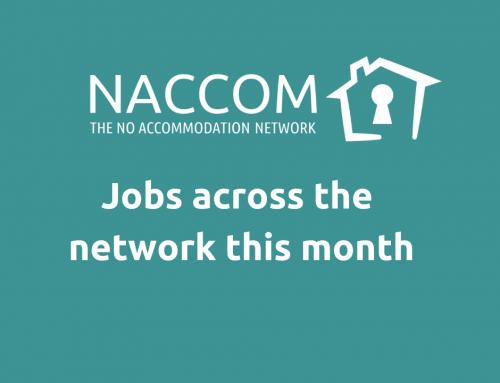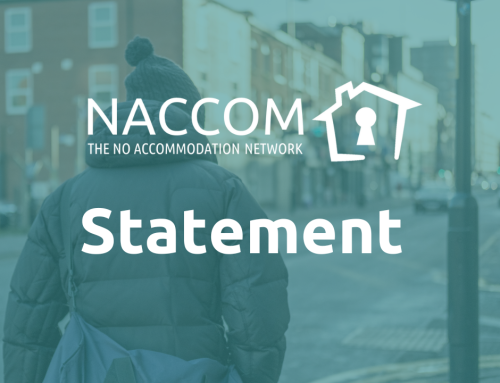With many progressive organisations making the decision to leave X in recent months, we have also decided to leave the platform. We’re sharing our thoughts on how we’ve come to this decision and are offering a guide on some alternative platforms in case this helps other organisations in our sector and membership.
Why leave Twitter/X?
Although it’s a shame to stop connecting with a following we’ve built up over the years, we’ve also noticed it’s much harder for us achieve the impact we once had on Twitter/X due to various changes in its algorithms (such as penalising external links) and the difficulty in competing with accounts with paid subscriptions. Journalists, who are helpful in amplifying our tweets, are now leaving Twitter/X in droves, especially after the announcement that the Guardian is quitting the platform, along with other notable organisations within our sector. Our interactions and reach on Twitter/X have declined due to this combination of factors.
But the main reason we’re leaving Twitter/X is because we want to live our values of solidarity, justice and anti-racism as an organisation whenever we can. On Twitter/X there has been a huge increase in racism, misogyny, xenophobia and other forms of discrimination, as well as polarisation and misinformation, and hatred and harassment. The UK riots this summer, which targeted people in the asylum system and organisations supporting them, were partially spurred on through racism and disinformation on the platform. We no longer feel we can square our use of Twitter/X with our steadfast commitment to promoting the values of diversity and inclusion, and also want to keep our staff, volunteers and members safe from being harassed online.
So we’re leaving Twitter/X. Now what?
We’re taking this opportunity to carry out some strategic work on our social media audiences and objectives. Charity Comms have created a brilliant ‘Social media platform checklist’ to help charities assess their core audiences and their needs; which platforms they use; and their core engagement goals, for example.
No platform is perfect. But these are the ones on which we’re considering as alternatives to Twitter/X while we flesh out our strategic goals. As above, we think it’s important to diversify our social media platforms!
We hope this has been a useful read. Do you have any comments or suggestions? Let us know!



